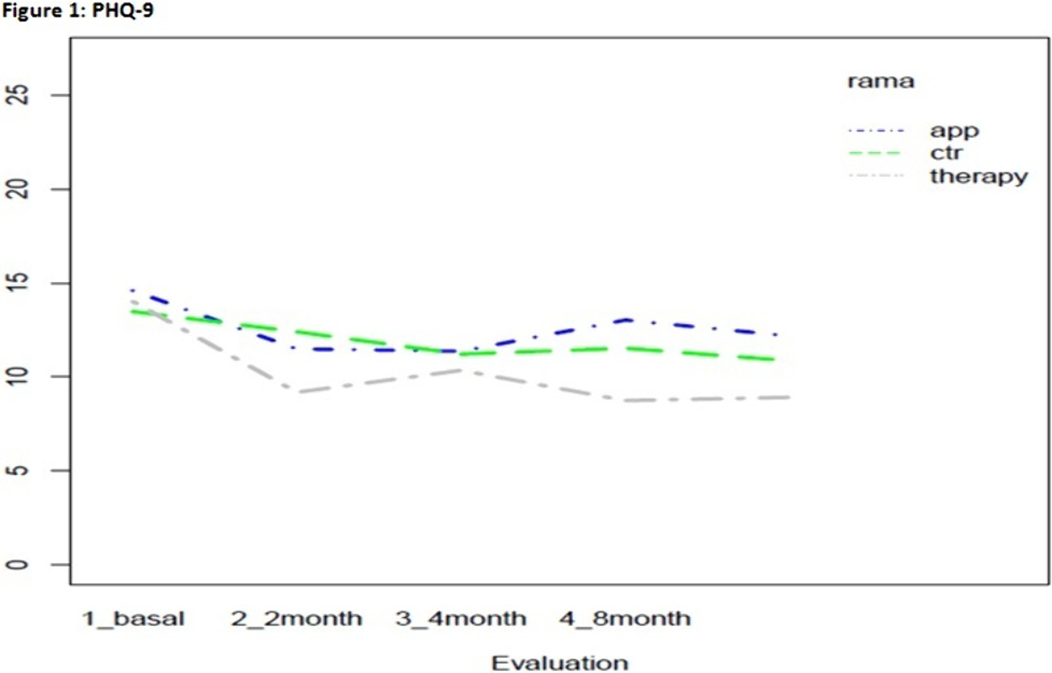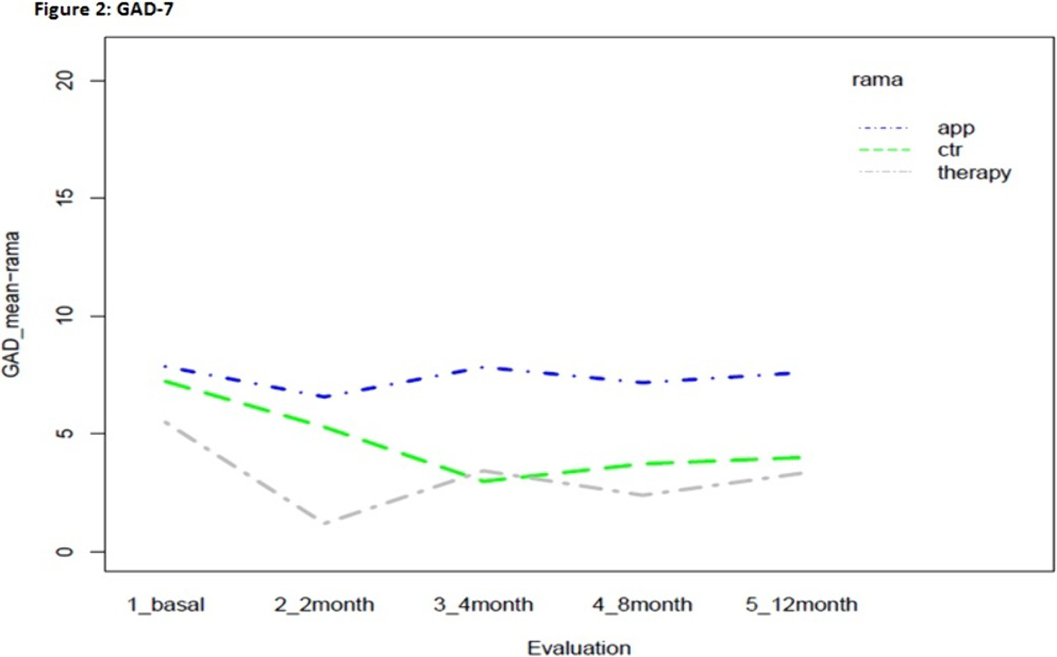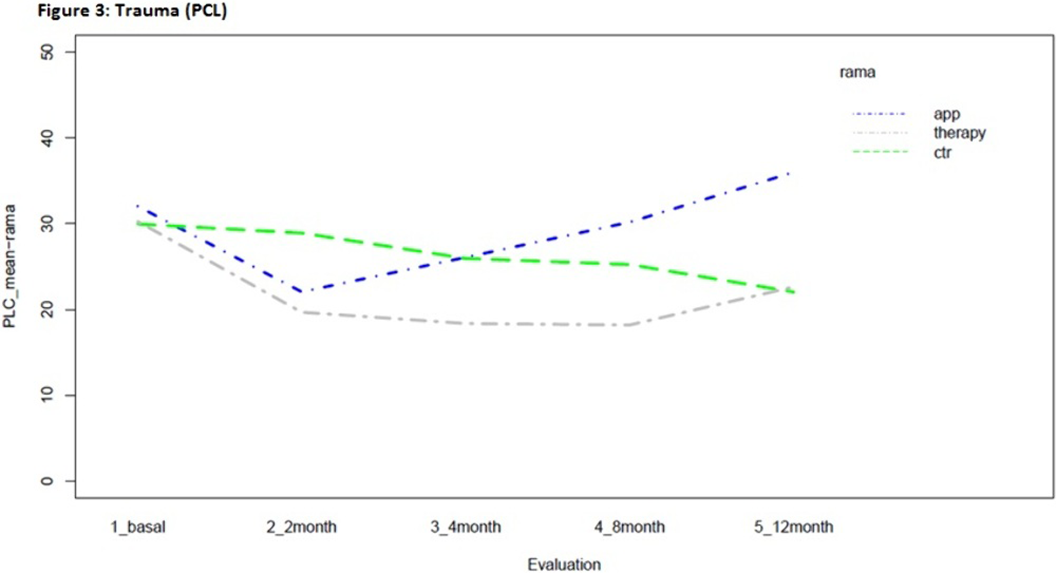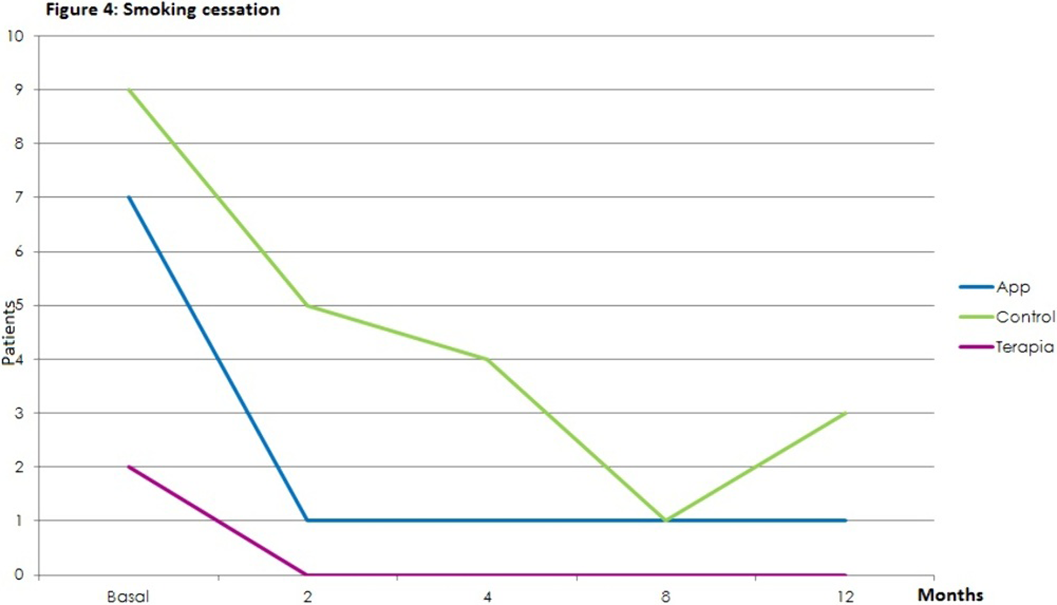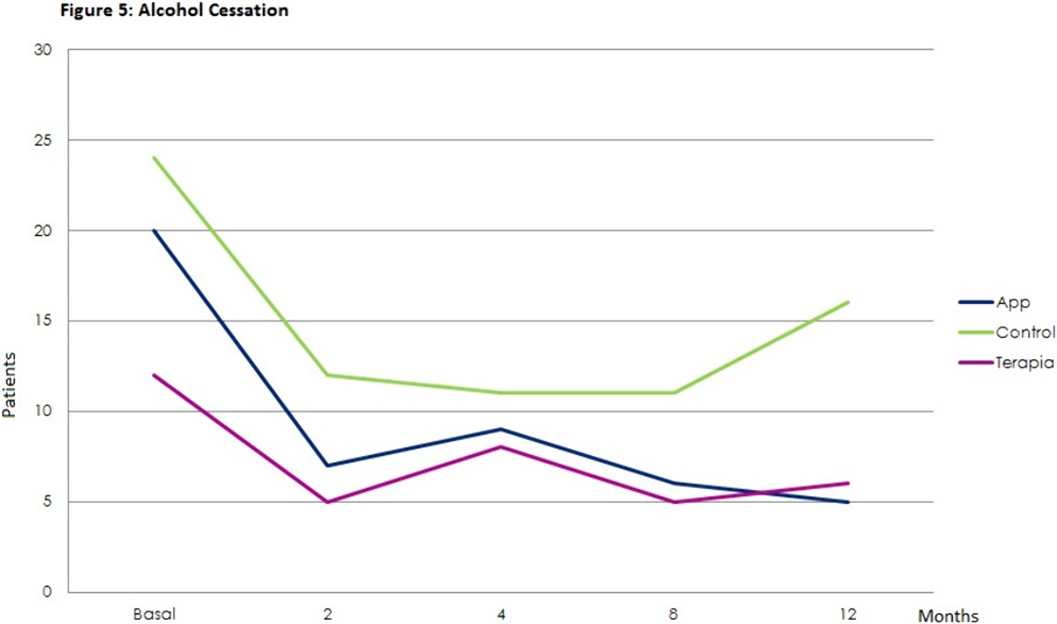71 results
Constructing precisely quasi-isodynamic magnetic fields
-
- Journal:
- Journal of Plasma Physics / Volume 89 / Issue 5 / October 2023
- Published online by Cambridge University Press:
- 14 September 2023, 905890504
-
- Article
-
- You have access
- Open access
- HTML
- Export citation
The Positive and Negative Syndrome Scale for Schizophrenia Autism Severity Scale (PAUSS) in a sample of early-onset psychosis
-
- Journal:
- European Psychiatry / Volume 66 / Issue S1 / March 2023
- Published online by Cambridge University Press:
- 19 July 2023, pp. S443-S444
-
- Article
-
- You have access
- Open access
- Export citation
Biomarkers of oxidative stress and inflammation in urine samples of extremely preterm newborns and their association with risk for autism at age 6 months
-
- Journal:
- European Psychiatry / Volume 66 / Issue S1 / March 2023
- Published online by Cambridge University Press:
- 19 July 2023, p. S585
-
- Article
-
- You have access
- Open access
- Export citation
A single-field-period quasi-isodynamic stellarator
-
- Journal:
- Journal of Plasma Physics / Volume 88 / Issue 5 / October 2022
- Published online by Cambridge University Press:
- 28 September 2022, 175880504
-
- Article
-
- You have access
- Open access
- HTML
- Export citation
E-health treatments for Dual Disorders on pregnancy
-
- Journal:
- European Psychiatry / Volume 65 / Issue S1 / June 2022
- Published online by Cambridge University Press:
- 01 September 2022, pp. S92-S93
-
- Article
-
- You have access
- Open access
- Export citation
Breeding and global population sizes of the Critically Endangered Red-fronted Macaw Ara rubrogenys revisited
-
- Journal:
- Bird Conservation International / Volume 33 / 2023
- Published online by Cambridge University Press:
- 09 August 2022, e14
-
- Article
- Export citation
Influence of Rare Earths Additions on the Microstructure and Hardness of Heat-treated Nanostructured Superalloy Inconel 718.
-
- Journal:
- Microscopy and Microanalysis / Volume 28 / Issue S1 / August 2022
- Published online by Cambridge University Press:
- 22 July 2022, pp. 2844-2846
- Print publication:
- August 2022
-
- Article
-
- You have access
- Export citation
Developmental pathways from preschool temper tantrums to later psychopathology
-
- Journal:
- Development and Psychopathology / Volume 35 / Issue 4 / October 2023
- Published online by Cambridge University Press:
- 20 April 2022, pp. 1643-1655
-
- Article
- Export citation
Intranasal corticosteroid and oxymetazoline for chronic rhinitis: a systematic review
-
- Journal:
- The Journal of Laryngology & Otology / Volume 136 / Issue 1 / January 2022
- Published online by Cambridge University Press:
- 27 October 2021, pp. 8-16
- Print publication:
- January 2022
-
- Article
- Export citation
Effect of Hot Isostatic Pressing and Rare-Earth Elements Addition on the Microstructure and Hardness on Inconel 718
-
- Journal:
- Microscopy and Microanalysis / Volume 27 / Issue S1 / August 2021
- Published online by Cambridge University Press:
- 30 July 2021, pp. 3282-3284
- Print publication:
- August 2021
-
- Article
-
- You have access
- Export citation
Influence of HIP Sintering and Ce/La Additions on the Microstructure and Hardness on Inconel 718 Nickel-based Superalloy
-
- Journal:
- Microscopy and Microanalysis / Volume 26 / Issue S2 / August 2020
- Published online by Cambridge University Press:
- 30 July 2020, pp. 2914-2915
- Print publication:
- August 2020
-
- Article
-
- You have access
- Export citation
The longitudinal effect of antipsychotic burden on psychosocial functioning in first-episode psychosis patients: the role of verbal memory
-
- Journal:
- Psychological Medicine / Volume 51 / Issue 12 / September 2021
- Published online by Cambridge University Press:
- 24 April 2020, pp. 2044-2053
-
- Article
- Export citation
Profile of the schizophrenic patient treated with aripiprazole in Spain. REA study
-
- Journal:
- European Psychiatry / Volume 22 / Issue S1 / March 2007
- Published online by Cambridge University Press:
- 16 April 2020, p. S135
-
- Article
-
- You have access
- Export citation
P0089 - Effectiveness and patterns of switching to aripiprazole in schizophrenic patients. Rea I and rea II studies
-
- Journal:
- European Psychiatry / Volume 23 / Issue S2 / April 2008
- Published online by Cambridge University Press:
- 16 April 2020, p. S106
-
- Article
-
- You have access
- Export citation
Retrospective, observational, post-authorization study to obtain a second profile of schizophrenic patients treated with aripiprazole in Spain. Study REA II
-
- Journal:
- European Psychiatry / Volume 22 / Issue S1 / March 2007
- Published online by Cambridge University Press:
- 16 April 2020, p. S135
-
- Article
-
- You have access
- Export citation
Comparison of Mental Health Treatment Expenditures in Usual Psychiatric Care Between Madrid and Boston Hospital Systems
-
- Journal:
- European Psychiatry / Volume 30 / Issue S1 / March 2015
- Published online by Cambridge University Press:
- 15 April 2020, p. 1
-
- Article
-
- You have access
- Export citation
EPA-0882 - Prediction of Diagnosis of Early-Onset Schizophrenia Spectrum Disorders Using Support Vector Machines
-
- Journal:
- European Psychiatry / Volume 29 / Issue S1 / 2014
- Published online by Cambridge University Press:
- 15 April 2020, p. 1
-
- Article
-
- You have access
- Export citation
Baseline, Two-year, and Five-year Follow-up of Children and Adolescents with First-episode Psychosis: A Spanish Cohort
-
- Journal:
- European Psychiatry / Volume 41 / Issue S1 / April 2017
- Published online by Cambridge University Press:
- 23 March 2020, p. S60
-
- Article
-
- You have access
- Export citation
Understanding Discrepancies in the Prediction of Mental Health, Substance Use and Dual Disorders. Implications From a Multi-Site International Study
-
- Journal:
- European Psychiatry / Volume 33 / Issue S1 / March 2016
- Published online by Cambridge University Press:
- 23 March 2020, p. S515
-
- Article
-
- You have access
- Export citation
A novel protocol to assess dual task cost as a potential measure of cognitive reserve
-
- Journal:
- European Psychiatry / Volume 33 / Issue S1 / March 2016
- Published online by Cambridge University Press:
- 23 March 2020, p. S77
-
- Article
-
- You have access
- Export citation



